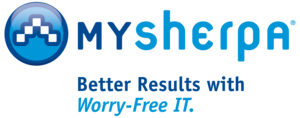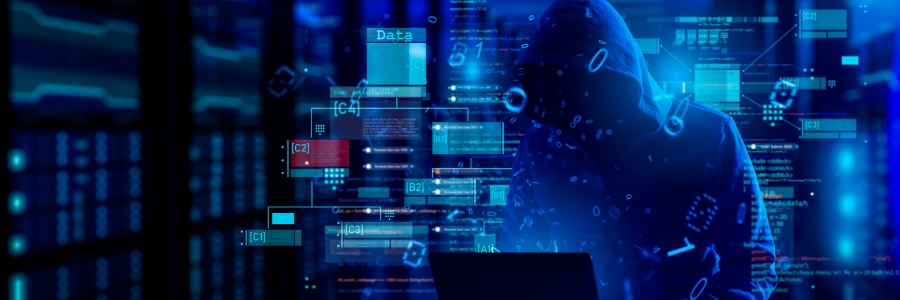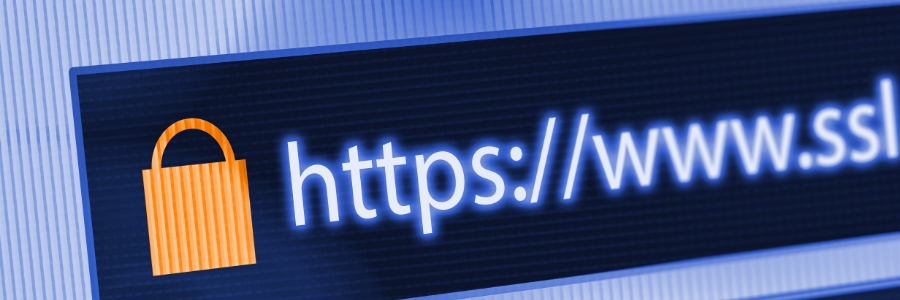The festive season is upon us, but amidst the jingle bells and peppermint lattes lurks a silent threat: holiday hackers. As shopping sprees intensify and online transactions skyrocket, cybercriminals see fertile ground for their nefarious deeds. Here are expert insights and top tips to protect your business from holiday hackers.
Fortifying your business against holiday cyberattacks
Some advice on removing malware on Android
Social media privacy: A comprehensive guide
Ensuring cloud data protection: Quick and practical measures
Is your password strong and secure?

A password is more than just an assortment of characters you're required to enter in order to access your accounts. It is the first line of defense against potential threats and attacks. A weak password makes it easier for hackers or cybercriminals to gain access to your personal information, such as financial details or sensitive data.
HTTPS: A key measure for secure browsing
Safeguard your business with mobile threat detection (MTD)

Cybercriminals recognize the potential goldmine of sensitive information stored in business mobile devices. This is why they exploit security gaps in such devices to launch attacks, compromising data, finances, and reputation. As a result, businesses must adapt to this evolving threat landscape and implement comprehensive mobile security strategies.
Stepping up your business security: The power of two-factor authentication and two-step verification
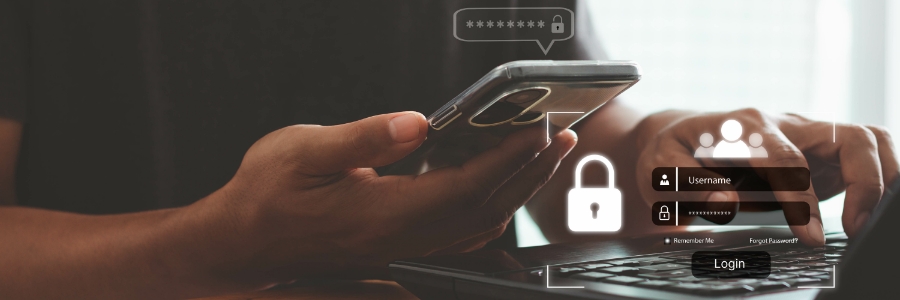
Every corner of the digital landscape hides potential threats to businesses. Luckily, you can fight back with a range of cybersecurity tools and technologies. Two of these resilient tools, two-factor authentication (2FA) and two-step verification (2SV), have become essential measures for any organization looking to protect its systems and data.
Future-proof your business with IT security audits
How to keep your SMB safe from cyberattacks
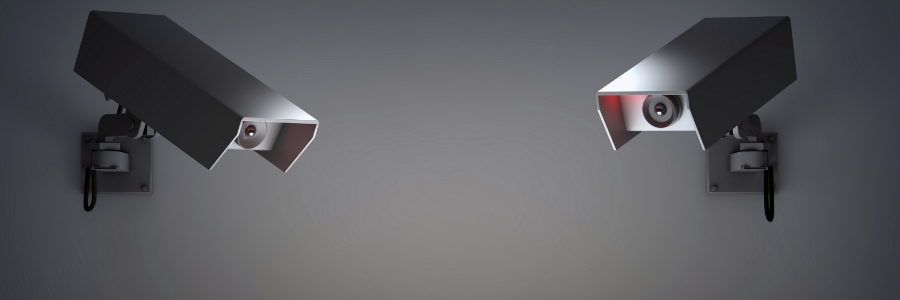
Cybersecurity is a constantly evolving field, and the threats that businesses face are becoming more sophisticated. One of the best ways to stay protected is to be aware of the most common ways that IT systems can be broken into. Here are five ways that your IT systems can be compromised/
You are duped into installing malware
There are many ways that malware can be installed on your computer without your knowledge or consent.
